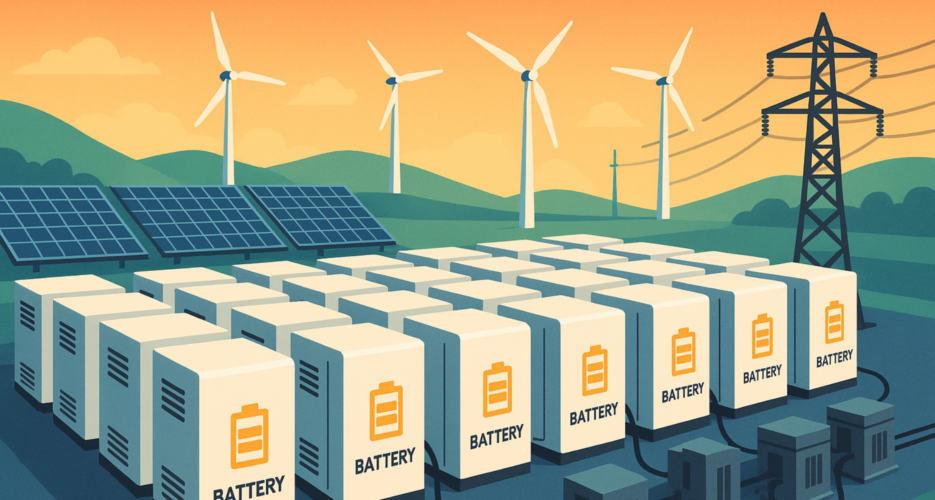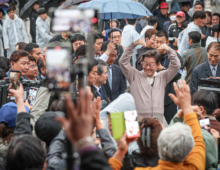Project shows how ROK may finance climate infrastructure through private capital but with public operational control
South Korea’s trade ministry announced Thursday it will invite bids from private companies to build and operate a large energy storage system (ESS) totaling 540 megawatts (MW) — enough to power about 1 million apartments for an hour. The project aims to help reduce electricity waste from renewable sources by storing surplus power during low-demand periods and releasing it when demand is high. The government plans to install 500MW of storage on the mainland and 40MW on Jeju Island, with all systems scheduled to begin operating by 2026.
Companies selected through the bidding process will manage the storage units for 15 years, under direct control of the Korea Power Exchange, the national grid operator. The project is expected to cost about $725 million (1 trillion won) and will be awarded based on both pricing and non-price factors, such as contributions to domestic industry and battery recycling capabilities. This is South Korea’s largest public storage initiative to date, expanding sharply from a 65-megawatt pilot project in Jeju last year.
South Korea’s trade ministry announced Thursday it will invite bids from private companies to build and operate a large energy storage system (ESS) totaling 540 megawatts (MW) — enough to power about 1 million apartments for an hour. The project aims to help reduce electricity waste from renewable sources by storing surplus power during low-demand periods and releasing it when demand is high. The government plans to install 500MW of storage on the mainland and 40MW on Jeju Island, with all systems scheduled to begin operating by 2026.
Companies selected through the bidding process will manage the storage units for 15 years, under direct control of the Korea Power Exchange, the national grid operator. The project is expected to cost about $725 million (1 trillion won) and will be awarded based on both pricing and non-price factors, such as contributions to domestic industry and battery recycling capabilities. This is South Korea’s largest public storage initiative to date, expanding sharply from a 65-megawatt pilot project in Jeju last year.
Get your
KoreaPro
subscription today!
Unlock article access by becoming a KOREA PRO member today!
Unlock your access
to all our features.
Standard Annual plan includes:
-
Receive full archive access, full suite of newsletter products
-
Month in Review via email and the KOREA PRO website
-
Exclusive invites and priority access to member events
-
One year of access to NK News and NK News podcast
There are three plans available:
Lite, Standard and
Premium.
Explore which would be
the best one for you.
Explore membership options
© Korea Risk Group. All rights reserved.
No part of this content may be reproduced, distributed, or used for
commercial purposes without prior written permission from Korea Risk
Group.












